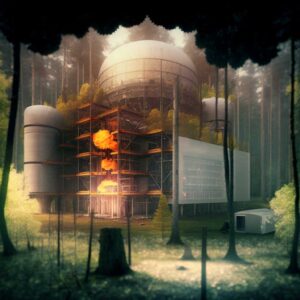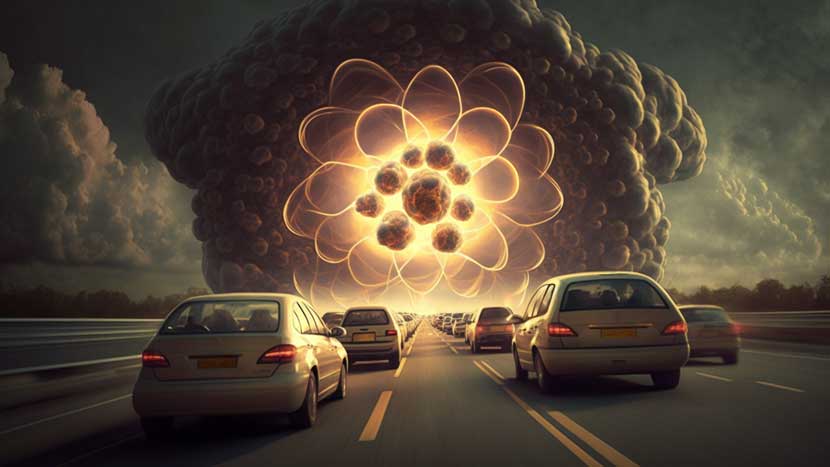Nuclear fusion has the potential to be a revolutionary technology for the environment, as it has the ability to provide a virtually limitless supply of clean energy. Unlike traditional nuclear fission reactors, which produce radioactive waste and have the potential for catastrophic accidents, nuclear fusion produces no harmful byproducts and is inherently safe.
If nuclear fusion becomes a viable energy source, it could significantly reduce our dependence on fossil fuels, which are a major contributor to climate change. Additionally, fusion power plants would not emit greenhouse gases or air pollutants, which could help to mitigate the negative impacts of climate change and improve air quality.
 However, despite significant progress in fusion research in recent years, there are still significant technical challenges that must be overcome before fusion can become a practical energy source. Fusion reactions require extremely high temperatures and pressures, which are difficult and expensive to achieve and maintain. There are also challenges related to materials science, as the intense heat and radiation produced by fusion reactions can damage reactor components over time.
However, despite significant progress in fusion research in recent years, there are still significant technical challenges that must be overcome before fusion can become a practical energy source. Fusion reactions require extremely high temperatures and pressures, which are difficult and expensive to achieve and maintain. There are also challenges related to materials science, as the intense heat and radiation produced by fusion reactions can damage reactor components over time.
Nonetheless, several fusion projects around the world, such as ITER in France and the National Ignition Facility in the United States, are working to develop and demonstrate the feasibility of fusion power. If successful, these projects could pave the way for a new era of clean, safe, and sustainable energy production that could help to address the environmental challenges facing our planet.


0 Comments